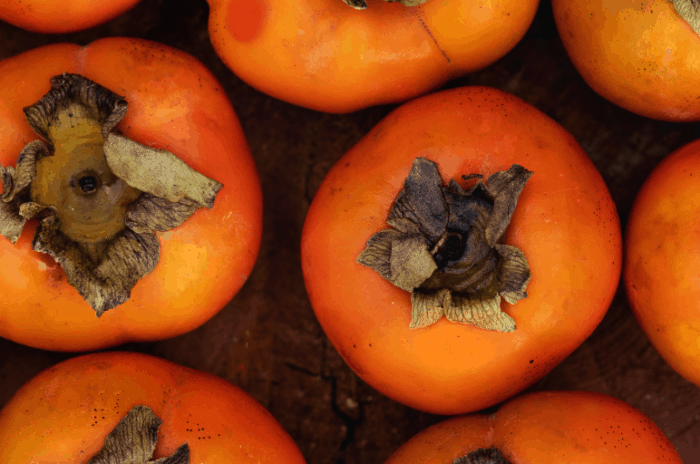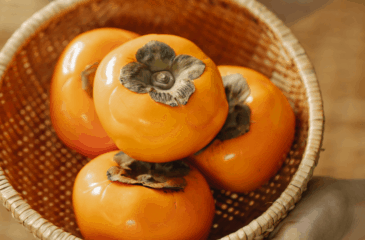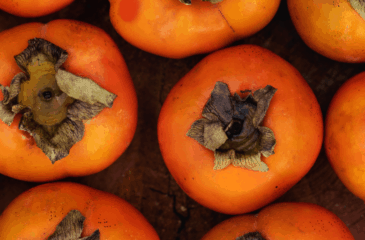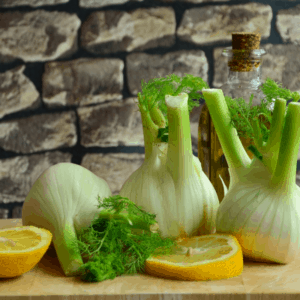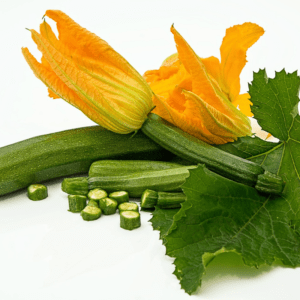The persimmon is the edible fruit of the Diospyros kaki – oriental persimmon tree in the family Ebenaceae. Originally from China, it was first imported to Europe in the 19th century and is now very common in southern Italy and Sicily as well as Spain, where very high quality persimmons are exported worldwide.
The most common variety grown in Italy is Loto di Romagna.
There are many types of persimmons; the Loto di Romagna is a crisp type of persimmon which may be eaten right off the tree, instead of the other, more oval shaped persimmons whose high tannin level means that they must only be eaten when ripened to a very soft texture otherwise they are far too astringent for pleasurable eating.
The persimmon tree was called the tree of the “Seven Virtues” which, according to legend, were longevity, shade, lack of nests, absence of woodworm, green leaves, resistance to cold, and creation of fertilizer with fallen fruit.
In 1945, persimmon trees became a symbol of peace – legend has it that the only living thing to survive the atomic bomb were two persimmon trees; hence their being referred to as “trees of peace”.
Persimmons are particularly appreciated when their fruit is completely ripe as the ripe flesh has a sweet, delicate flavour. The fruit is an excellent source of fibre, Vitamin A and C, Vitamin B6, potassium and the mineral manganese. Persimmons are fat-free and are a good source of healthy carbohydrates and natural sugar.
Apart from being enjoyed as a fruit, persimmons are used as an ingredient to both sweet and savoury dishes, such as salads, puddings, tarts and jams. A delicious autumn salad is slices of crisp persimmon, walnuts and blue cheese on a bed of greens!
Persimmons can be eaten fresh, cooked or dried which is esteemed in Japanese culinary culture. They may be baked, to accompany meat dishes. A simple but luxurious dessert is ripe fresh persimmons, rich, dark chocolate curls, and a chilled glass of sparkling wine or champagne!


